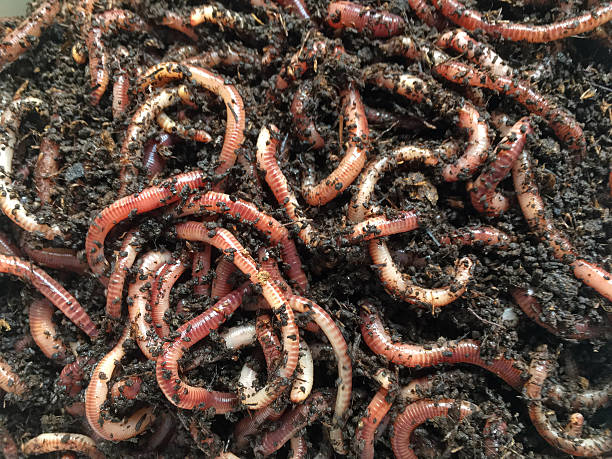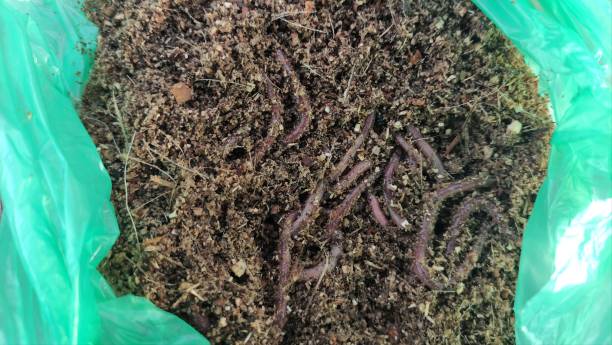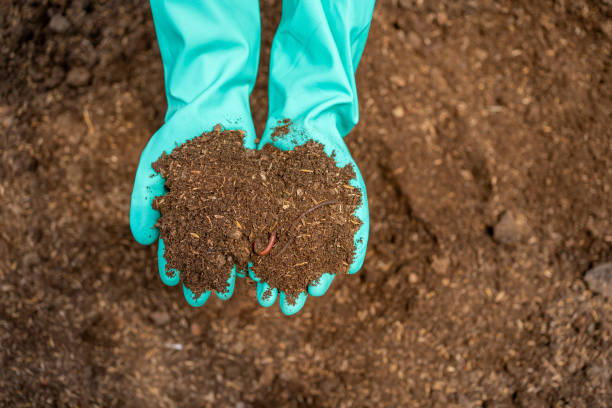This has been one of the best-kept garden secrets. Worm casting is being used more and more for luscious plants. The natural byproduct of worms has been useful in indoor plants. Here’s what you need to know about worm casting.
Understanding worm casting
The scientific name is vermicompost. It is an organic form of fertilizer that is produced from earthworms. This is essentially worm waste carrying organic manure straight from the worm’s digestive system. Their waste acts as an optimal soil enricher.
Adding worm-casting manure to your soil aerates and improves the soil’s overall structure while also providing beneficial nutrients to your plants. Since it has nutrients needed by the plants, it is safe to use and can also be effective for repelling pests that feed on your plants.
Worm casting is big on indoor plants, mainly because it does not have a scent or smelly odour. The size of the organic matter that passes through the worm’s digestive system is so small that it creates a beautiful sand-like texture of manure.

Image Credit: Unsplash
The benefits
The benefits all start with the worm, as it digests the organic materials it consumes, it refines them. These benefits include:
- Soil structure improvement – They improve your soil structure by enhancing soil drainage, the water retention and boosting the overall structure of your soil.
- Makes the soil absorbent – By making moisture more consistently available to plants and preventing soil from completely drying out because of the mucus of the worms.
- Improves seedling growth – Planting in earthworm castings promotes healthy plant growth and even fruit production on your indoor plants.
- Helps prevent plant diseases – The worm casting can also prevent some plant diseases, such as root and wilt disease on plants.

Image Credit: Unsplash
Worm casting is a definite great addition to your growing plants. Using worms to benefit your plant growth shows the genius in gardening.
ALSO, SEE:
Feature Image: Pexels


